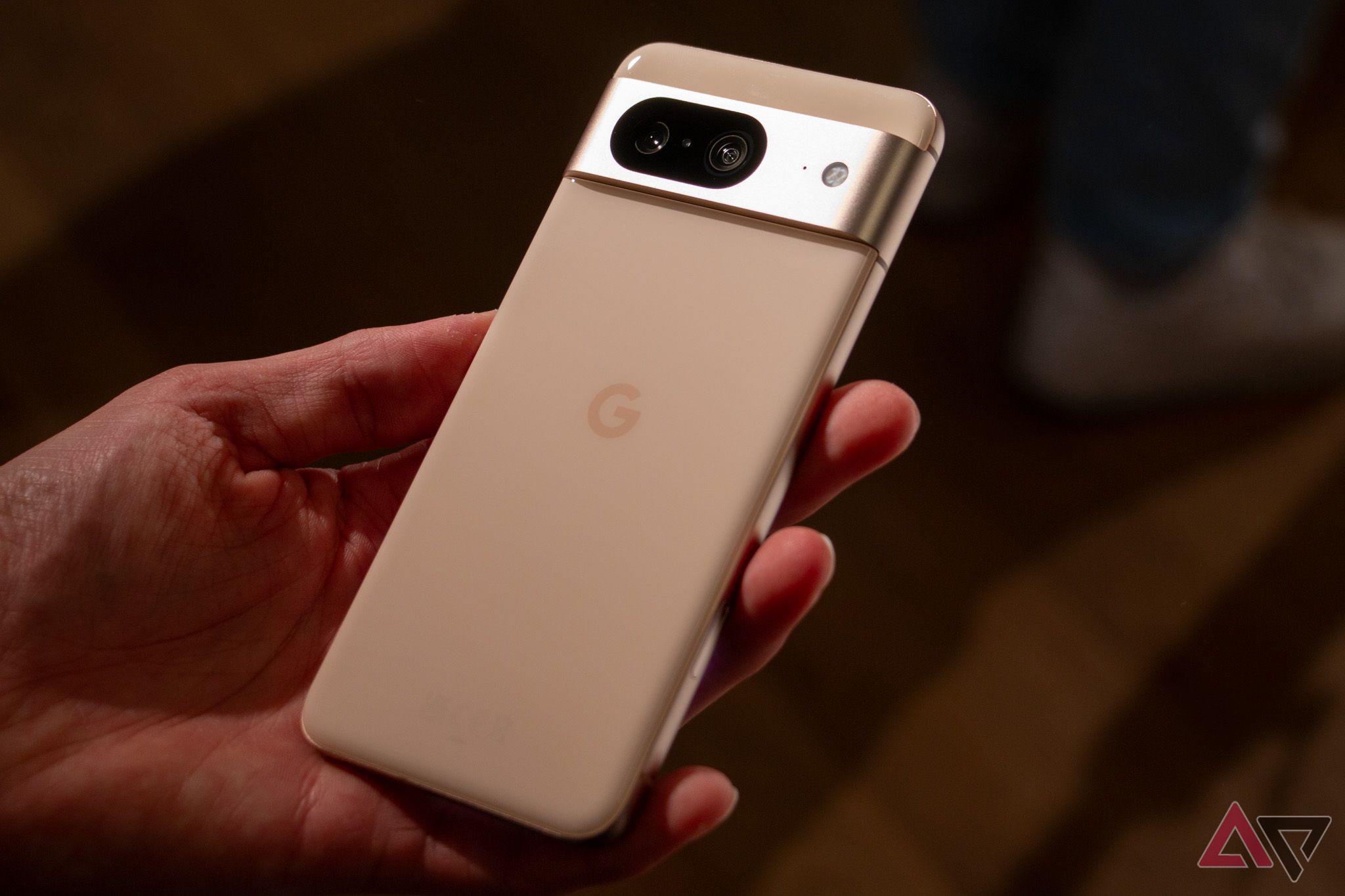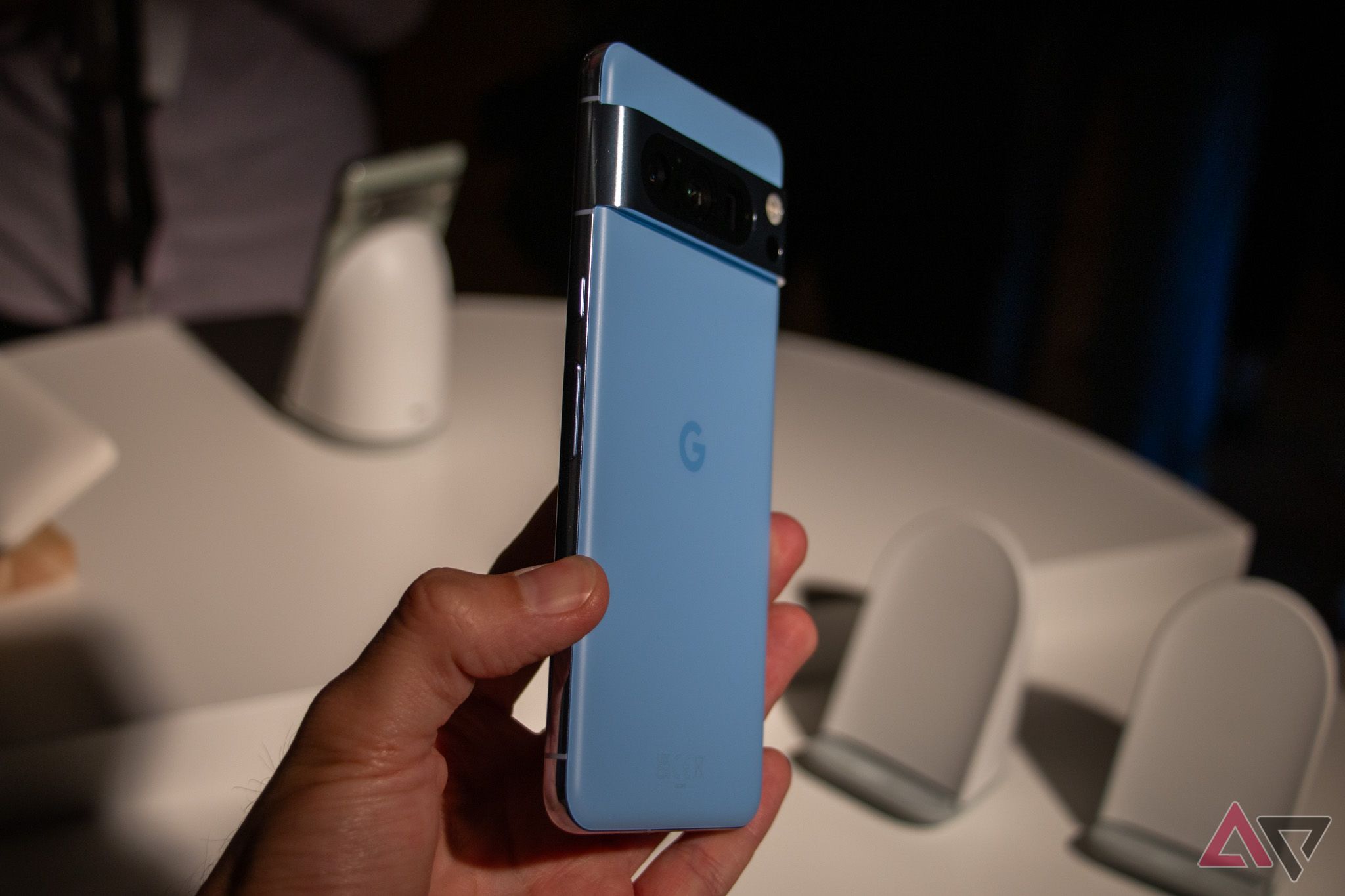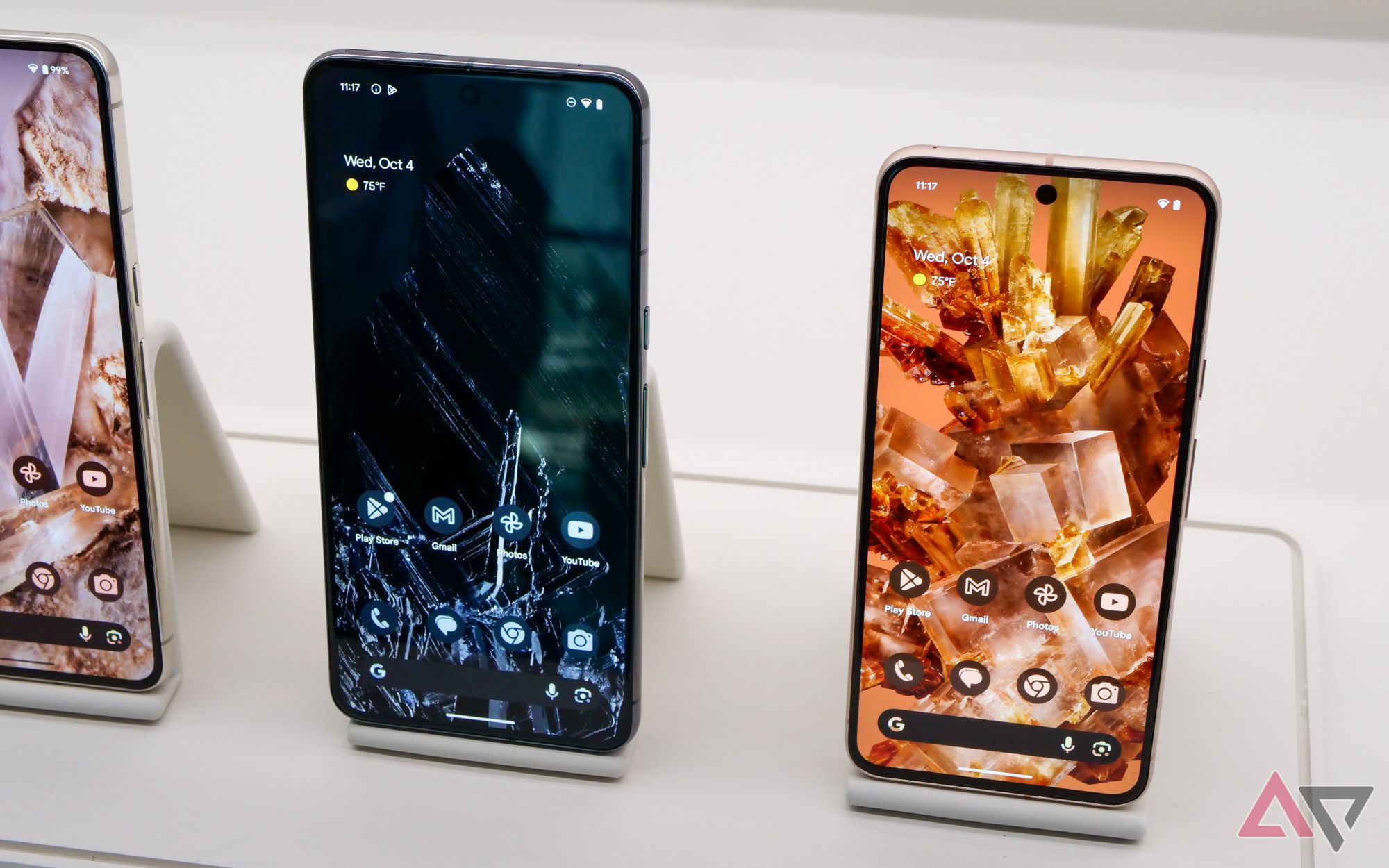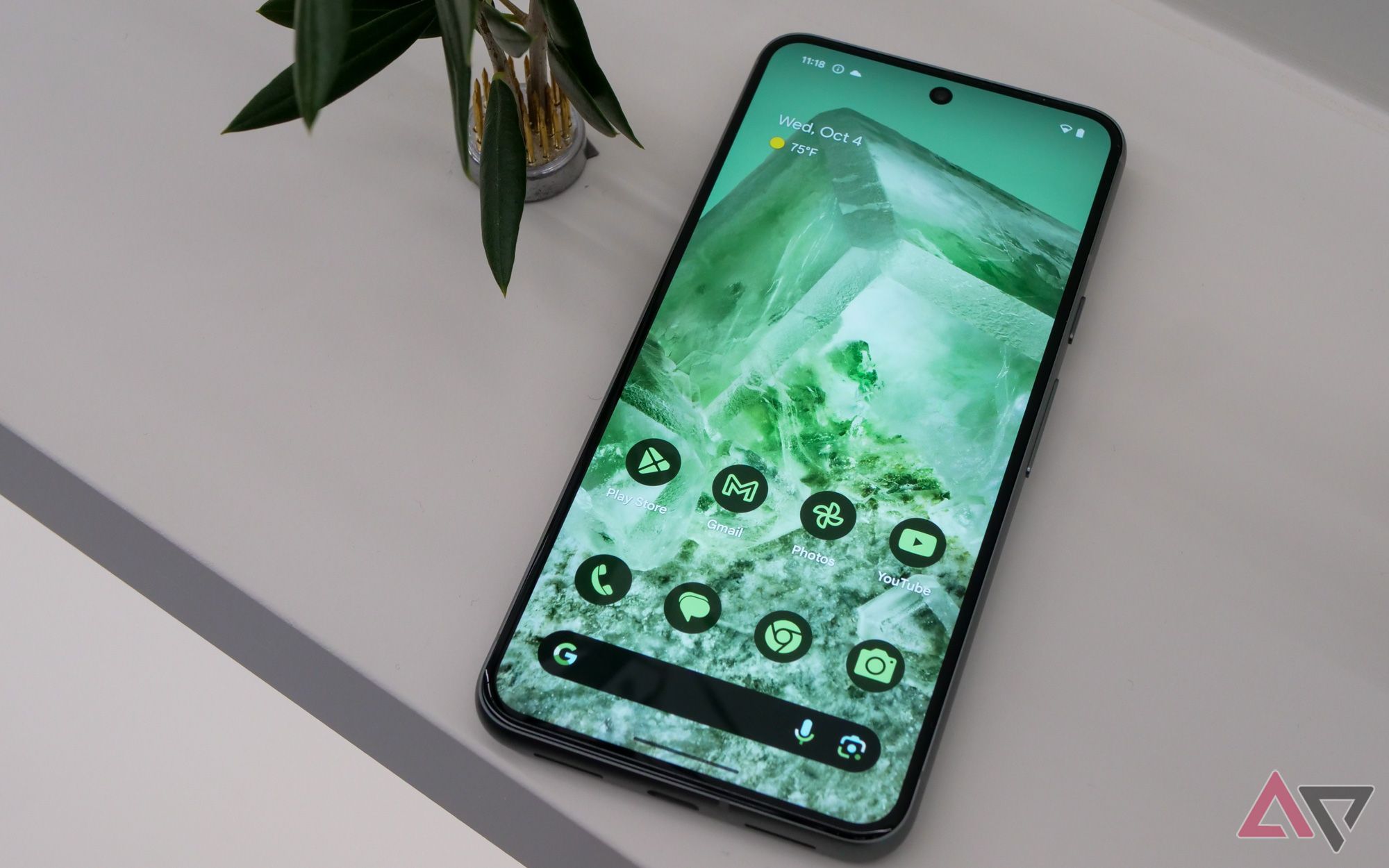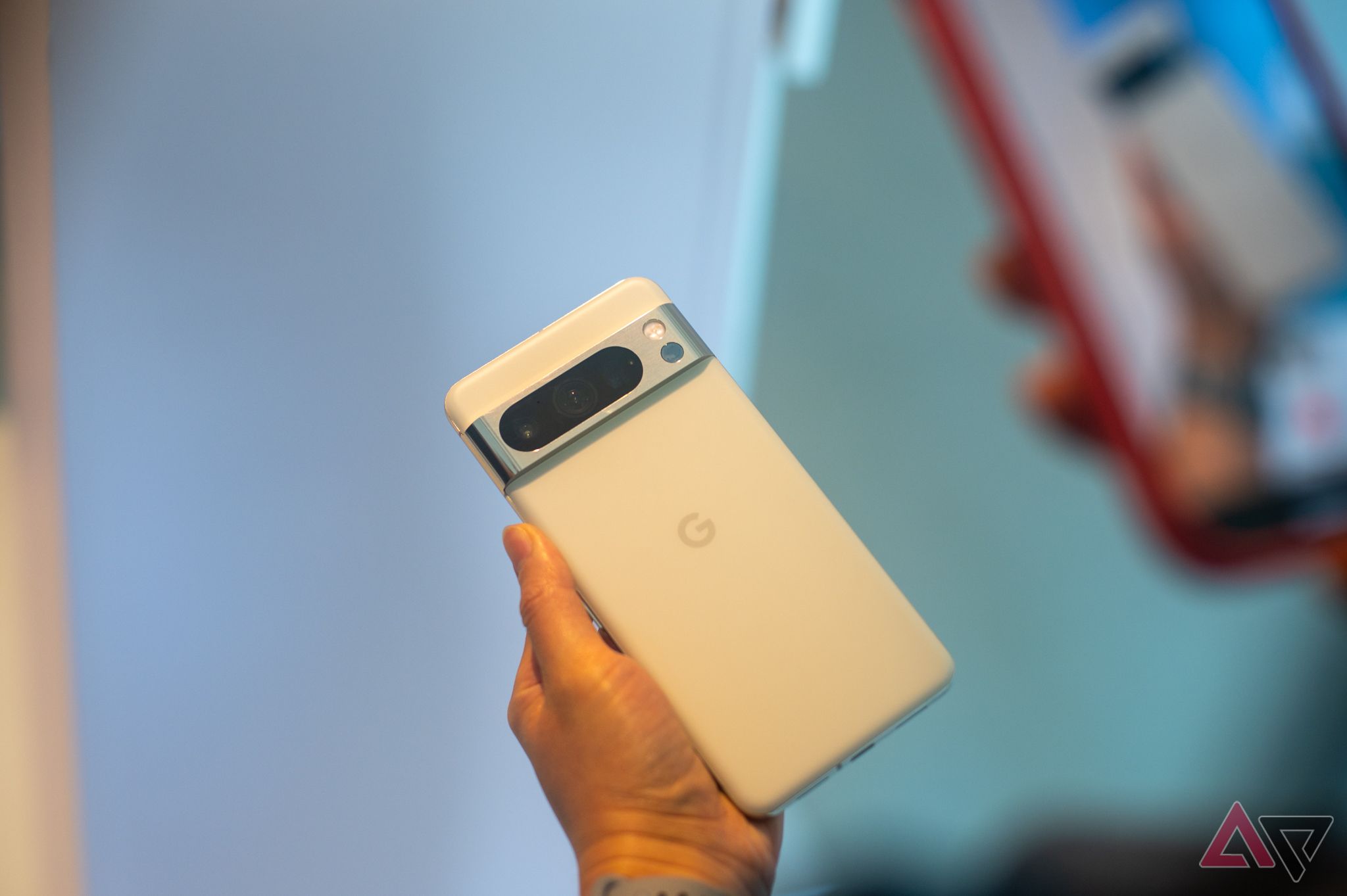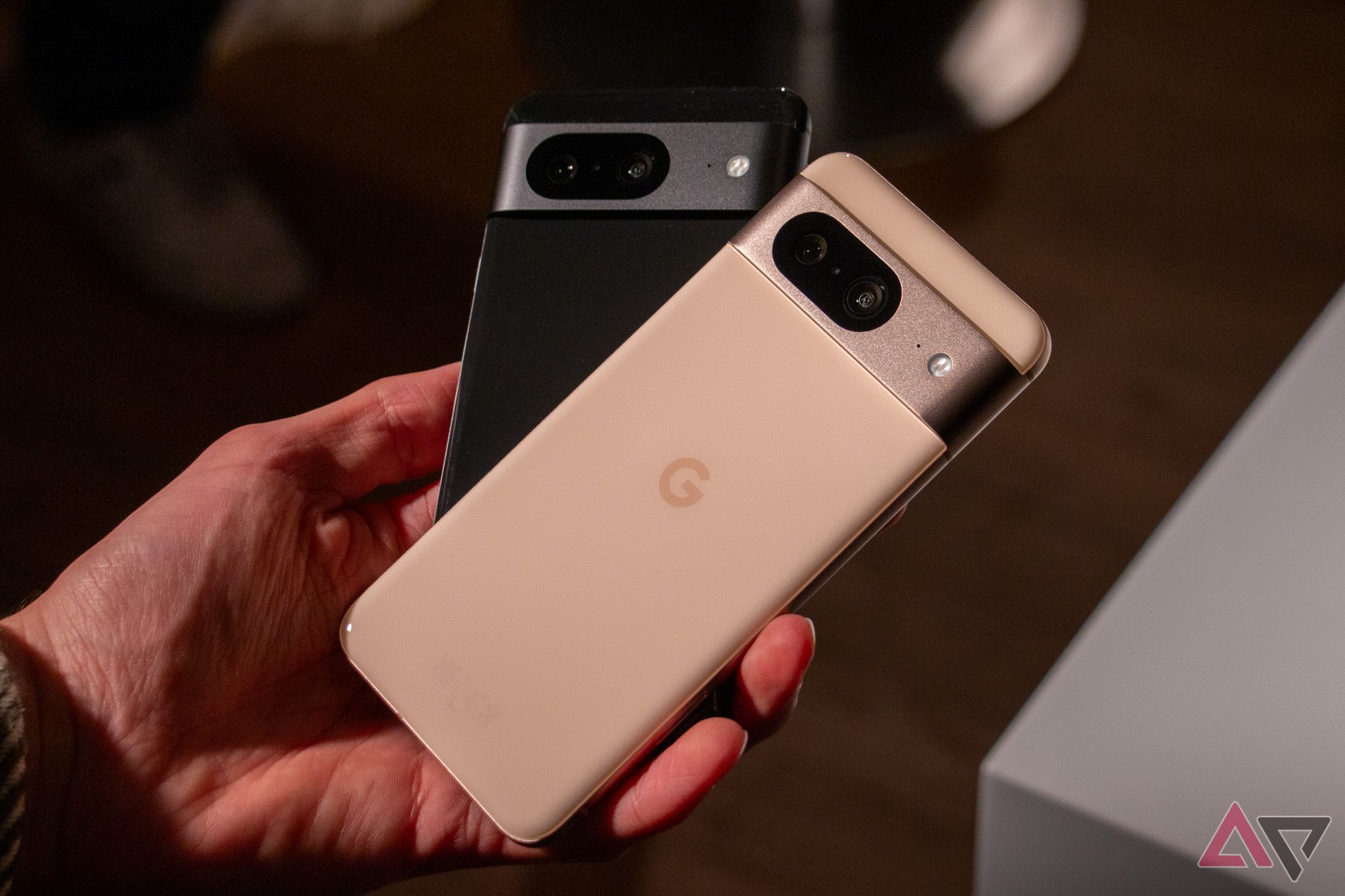-
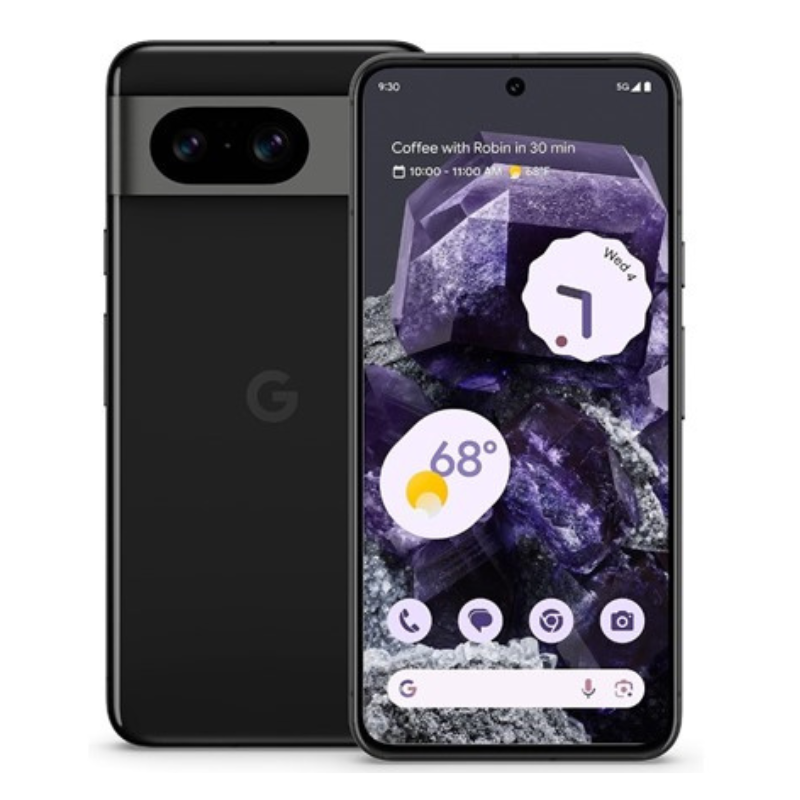
Google Pixel 8
All-around fantastic
If you want high-end performance, useful AI-driven processing, and fantastic display quality, the Google Pixel 8 can deliver all those at a surprisingly reasonable price. Equipped with Wi-Fi 7 support, 5G mmWave connectivity, and 7 years of OS updates, it’s a hard deal to pass up.
Pros- Lighter and smaller
- Loaded with premium hardware
- Still not super expensive
Cons- Only 8GB of RAM
- No optical zoom
- $100 more than the previous generation
-
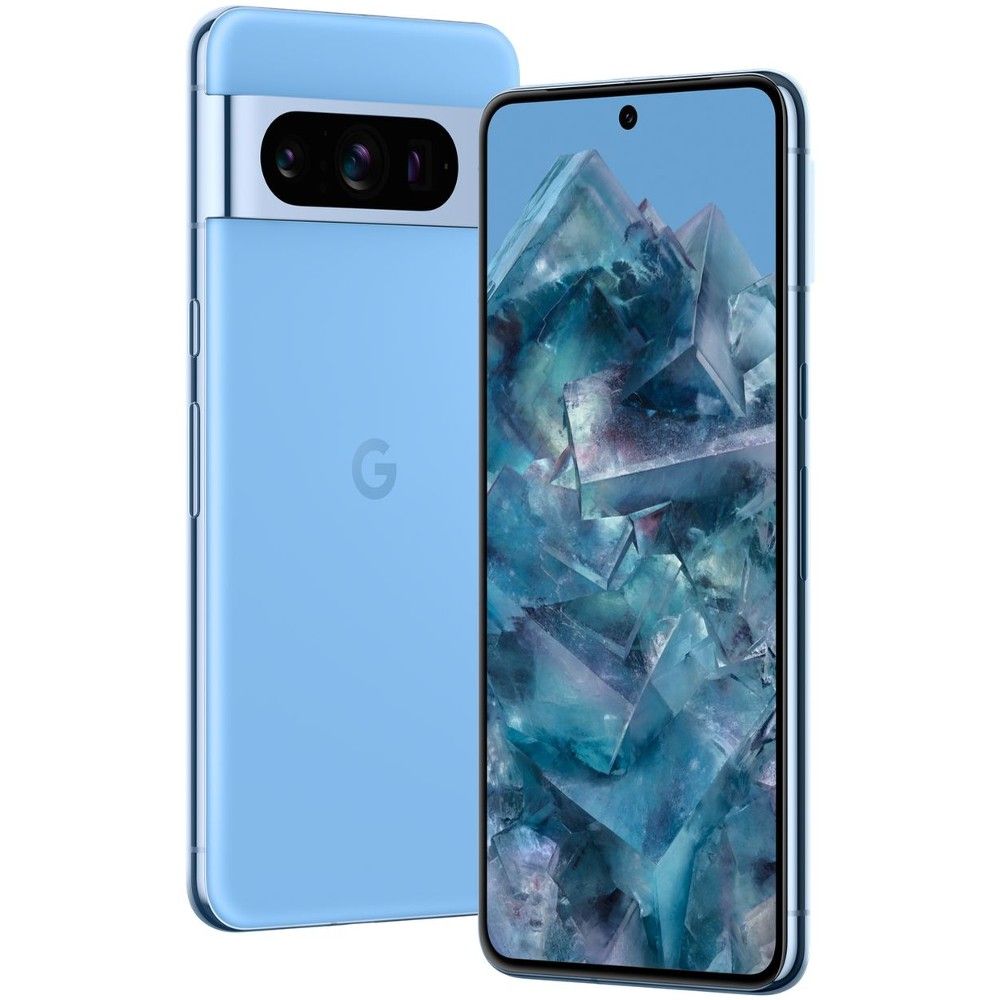
Google Pixel 8 Pro
Top-shelf everything
$900 $999 Save $99
Google’s Pixel 8 Pro takes the next step with cutting-edge connectivity, massive storage options, an incredible peak brightness, and a slew of advanced features and image processing algorithms that rely on its custom Tensor G3 chipset and Google’s well-known development ingenuity.
Pros- 2,400-nit display at 1-120Hz
- Impressive cameras and 5x optical zoom
Google’s Pixel phones consistently redefine what a flagship smartphone can do, offering cutting-edge software, innovative camera technology, and the purest Android experience. The Pixel 8 and 8 Pro continue this legacy, but choosing between them can be challenging. While both devices share Google’s in-house Tensor chip and an emphasis on exceptional photography, a $300 price difference sets them apart.
The Pixel 8 delivers a flagship experience at a far more accessible price, making it ideal for those who prioritize value without compromising on core features. On the other hand, the Pixel 8 Pro pulls out all the stops with more cameras, a larger battery, and increased RAM; it is meant for those who crave the absolute pinnacle of mobile technology and are willing to invest in that experience.
Let’s delve into the details that set the Pixel 8 and Pixel 8 Pro apart, helping you decide which of these phones is the perfect fit for you.
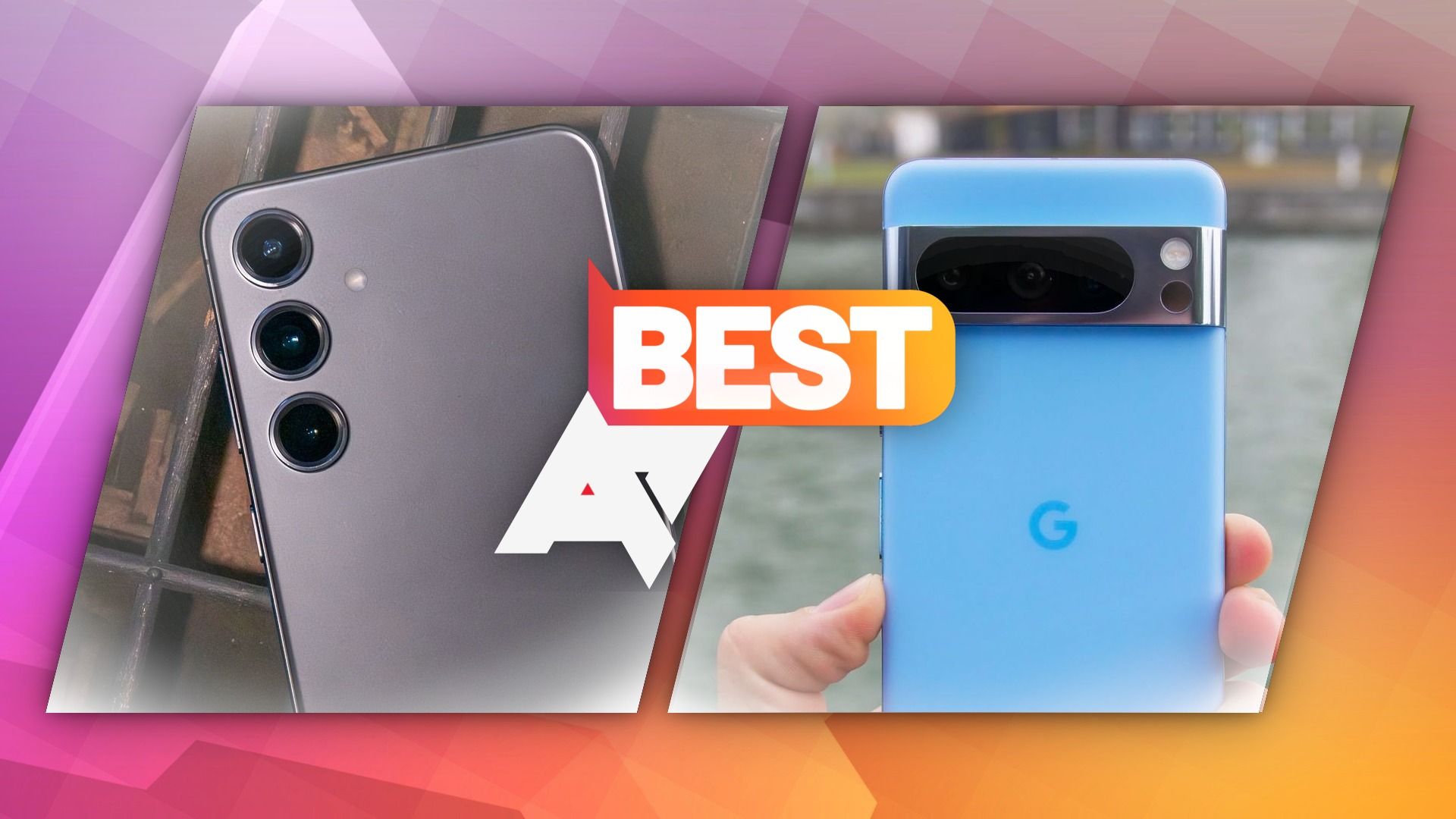
Best Android phones in 2024
In the market for a new phone? Get the best Android experience with these flagship phones
Price, availability, and specs
The Pixel 8 and 8 Pro, launched in October, were priced at $700 and $1,000 respectively. Despite being $100 more expensive than their predecessors, they remained more affordable than many flagship rivals. Since their release, the devices have seen attractive discounts, with the Pixel 8 dropping to as low as $549 and the Pixel 8 Pro spotted at $799 multiple times.
Both phones are readily available in major markets worldwide, including the US, EU, UK, and Australia. They’ve also reached Japan, Taiwan, Singapore, and India, with region-specific considerations for connectivity, such as the lack of Wi-Fi 7 and the absence of a few specific 4G and 5G bands in certain markets.
The Pixel 8 originally came in Obsidian, Rose, and Hazel, while the Pixel 8 Pro came in Obsidian, Porcelain, and Bay Blue color variants. And more recently, Google introduced a fresh Mint color option for both phones.
-
Google Pixel 8
The Google Pixel 8 is Google’s best phone yet, and it’s the most distinct regular model when compared to the Pro version. It comes with a wonderful form factor that fits well in the hands and has the usual software prowess that you expect from a Pixel.
- SoC
- Google Tensor G3
- RAM
- 8GB LPDDR5X
- Storage
- 128GB, 256GB
- Battery
- 4,575mAh
- Ports
- USB-C
- Operating System
- Android 14
- Front camera
- 10.5MP, f/2.2
- Rear camera
- 50MP, f/1.7, OIS main; 13MP, f/2.2 ultrawide
- Dimensions
- 150.5 x 70.8 x 8.9mm
- Colors
- Rose, Hazel, Obsidian Black
- Display type
- OLED, 120Hz
- Weight
- 187g
- Charge speed
- 27W wired, 18W wireless
- IP Rating
- IP68
- Display dimensions
- 6.2-inch
- Display resolution
- 1080 × 2400
-
Google Pixel 8 Pro
- SoC
- Google Tensor G3
- RAM
- 12GB
- Storage
- 128GB, 256GB, 512GB, 1TB UFS 3.1
- Battery
- 5,050mAh
- Ports
- USB-C 3.2 OTG
- Operating System
- Android 14
- Front camera
- 10.5MP sel fie camera
- Rear camera
- 50MP main; 48MP ultrawide; 48MP telephoto
- Dimensions
- 162.6 × 76.5 × 8.8mm
- Colors
- Obsidian, Porcelain, Bay
- Display type
- LTPO OLED, 1-120Hz
- Weight
- 213g
- Charge speed
- 30W wired, 18W wireless (with Pixel Stand 2), 12W wireless (Qi), 5W reverse wireless
- IP Rating
- IP68
- Display dimensions
- 6.7″
- Display resolution
- 1344 × 2992
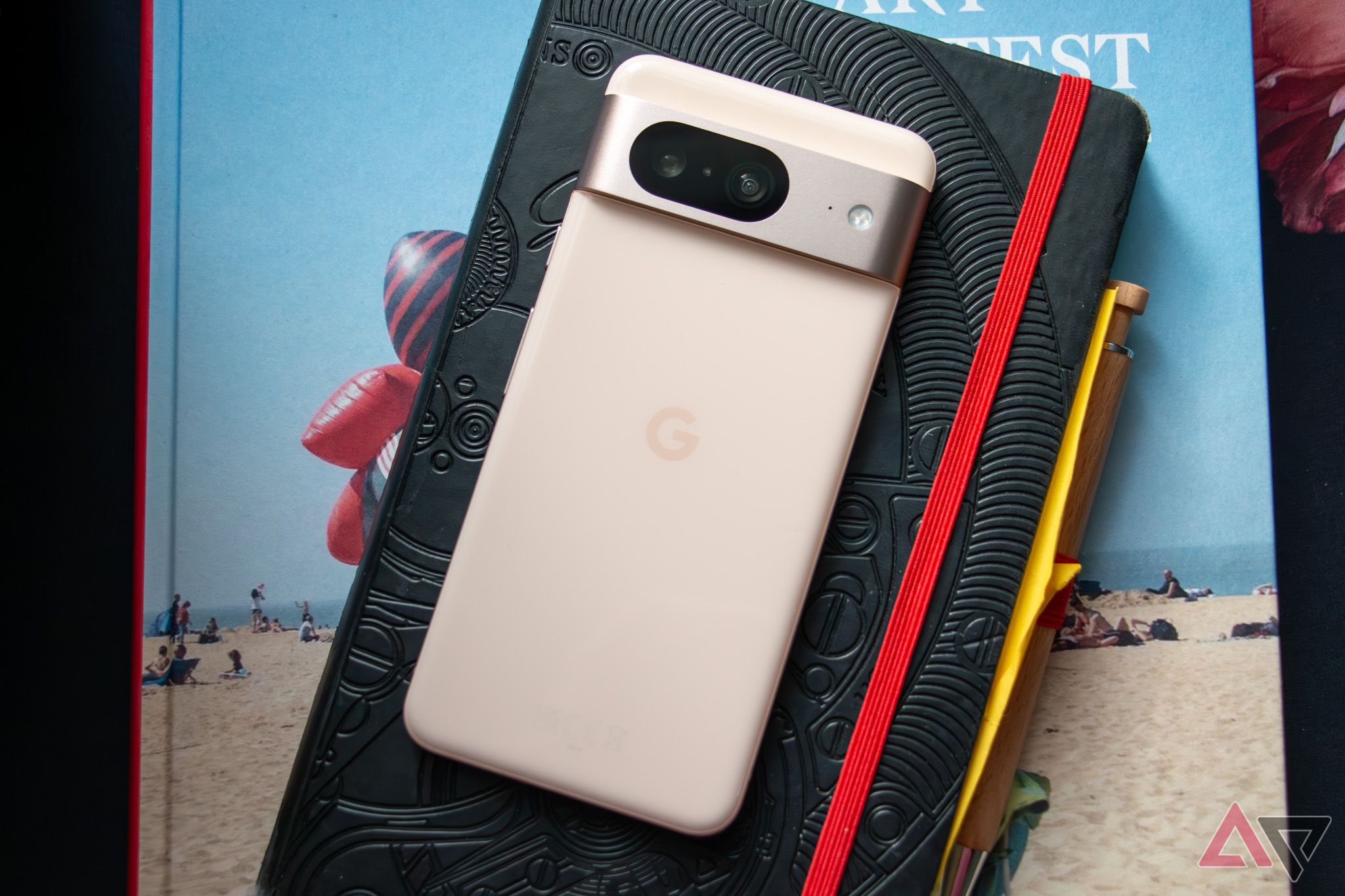
Google Pixel 8 review: The Pixel for the masses
The Pixel 8 doesn’t need every feature the 8 Pro offers, it’s packing more than enough
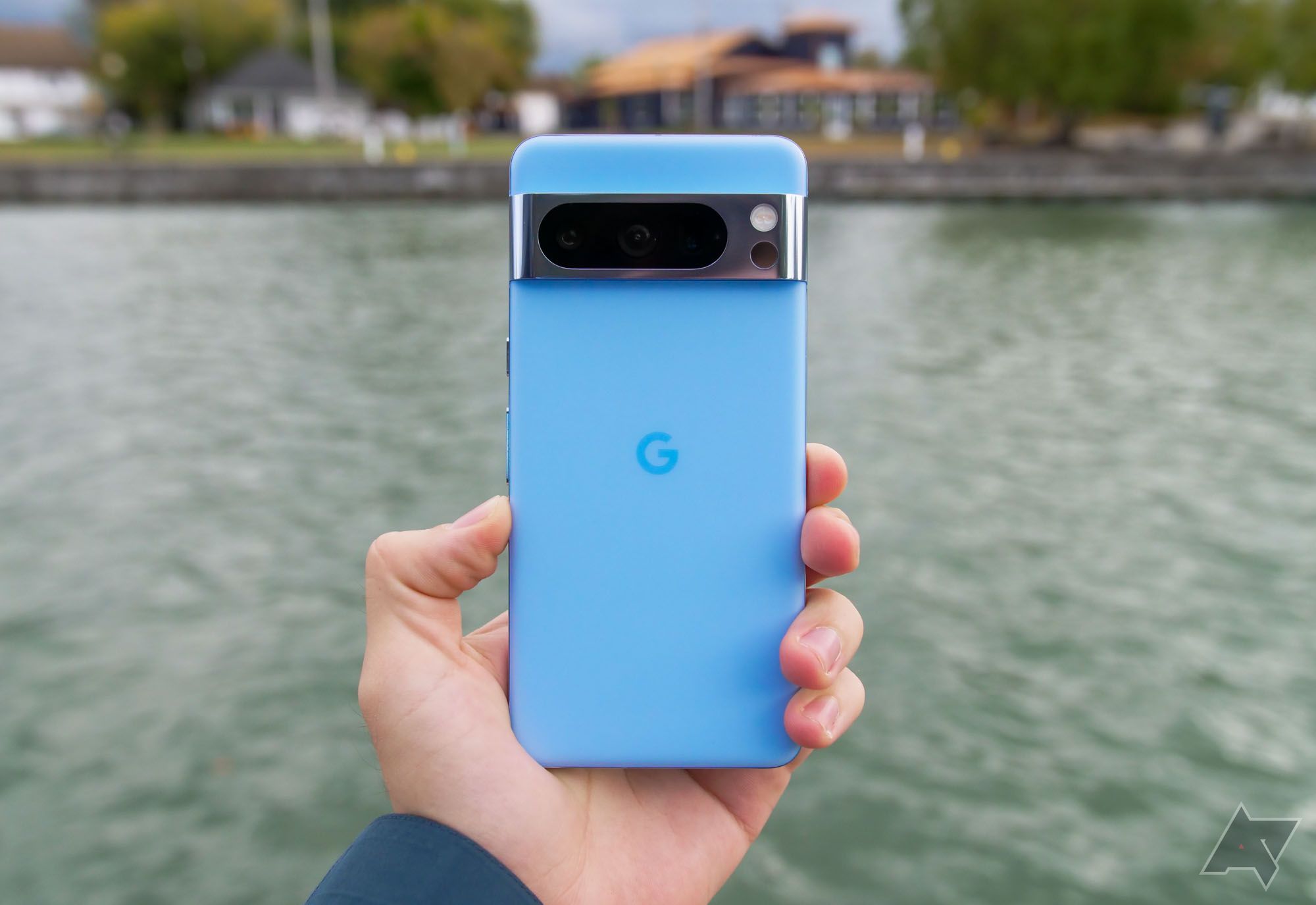
Google Pixel 8 Pro review: Living up to its name
If you want to see the future of Google, the Pixel 8 Pro is the phone to buy
Design
Cut from the same cloth
The Pixel 8 and Pixel 8 Pro refine Google’s established design language, blending rounded edges, smooth glass, and metal trims for a premium-yet-distinctly-Pixel aesthetic.
Both look and feel like top-of-the-line devices, with the kind of stark design language common to popular smartphones like the Galaxy S23 and iPhone 15. Each retains the full-width rear camera bar that keeps the high-end camera hardware safe, and they both sport slightly more rounded corners than before. Still, they’re visually almost identical to each other and the Pixel 7 lineup.
Their footprint is the most immediate distinction. The Pixel 8, with its 6.2-inch display, is noticeably smaller and lighter than the 6.7-inch Pixel 8 Pro. This makes the Pixel 8 exceptionally comfortable for one-handed use and easily pocketable.
The phones also have a camera array difference — the Pixel 8 has a dual-camera setup versus the triple-camera system with an additional temperature sensor on the Pro.
From a material standpoint, the Pixel 8 only makes a few sacrifices compared to the Pixel 8 Pro. Its front-and-back Gorilla Glass Victus isn’t quite as robust as the newer Victus 2 on the Pixel 8 Pro, but you won’t notice it easily. Both sport IP68 dust and water resistance and a fingerprint-resistant coating. The only major visual material difference is between the Pixel 8’s matte aluminum frame and the 8 Pro’s polished aluminum.
Sadly, the Pixel 8 misses out on the Pixel 8 Pro’s biggest design improvement — the matte glass back. This fingerprint-resistant and grippy finish is a welcome upgrade on the Pro, while the standard Pixel 8 sticks to a polished glass finish. If you’re considering the Pixel 8, you might also want to consider a great protective case for it.
Display
Shining brighter than ever
Size is the most obvious differentiator between these two phones. The Pixel 8 Pro boasts a spacious 6.7-inch Super Actua LTPO OLED display (1344 x 2992 resolution). It features an adaptive refresh rate that intelligently switches between 1Hz and 120Hz for power efficiency and smooth visuals. A significant change this year is the Pixel 8 Pro’s shift to a flat display, compared to its curved-edged predecessors.
The standard Pixel 8 opts for a more compact 6.2-inch Actua OLED display (1080 x 2400 resolution) for comfortable one-handed use. While its adaptive refresh rate goes from 60Hz to 120Hz, it doesn’t dip as low as the Pro model’s for further battery savings.
Brightness is another Pixel 8 series highlight. The Pixel 8 Pro’s Super Actua display promises a peak brightness of up to 2,500 nits, outshining the Pixel 8’s already impressive 2,000 nits of peak brightness.
Despite these variances, the screens excel with rich colors, stable viewing angles, and excellent sunlight legibility. The Pixel 8 does sport a slightly thicker bottom bezel compared to the Pro’s more uniform bezels.
Software
Pixel-perfect
As the original progenitor of the Android operating system, you’d certainly expect Google’s software game to be at the front of the pack. In a lot of ways, it is, boasting an ever-lengthening set of features with increasing novelty and usefulness. While we had some general complaints about the Pixel 7 Pro, its impressive set of machine learning-driven processing features like Call Screen and Now Playing kept us coming back simply due to their sheer convenience and user-friendliness.
Of course, Google hasn’t stopped pushing the envelope with high-powered algorithms, offering a huge list of advanced features for the Pixel 8 and 8 Pro. Features like Magic Editor, Photo Unblur, Astrophotography mode, and Super Res Zoom are even more effective than before, thanks in part to the Pixel 8 lineup’s new Tensor G3 chipset.
As far as the general user interfaces go, the 8 and 8 Pro offer nearly identical experiences. The only significant software differences are a few control suites related to the Pro’s superior camera array, and the 8 Pro’s thermometer app, driven by the included temperature sensor hardware.
But the big software upgrade here applies to both phones, and not just to their Android 14 implementation. Not to be outdone by the longevity of competitors like the iPhone, Google’s now offering a whopping seven years of complete updates, including full OS version upgrades, security patches, and feature drops. This kind of software lifespan is literally unheard of in the smartphone world, and we’re here for it. We’re confident that the hardware will continue to perform well over that time, and we’re impressed by Google’s long-term commitment.
Google initially decided to restrict the on-device AI model, Gemini Nano, to the Pixel 8 Pro. This decision sparked feedback from users who felt the standard Pixel 8 was missing out on a key feature. Gemini Nano’s absence would have been particularly hurtful, especially since the only hardware difference between the two phones is the amount of RAM. Thankfully, Google reversed course and is now bringing Gemini Nano to the Pixel 8 as well.
As with most Pixel smartphone reviews of the last few years, though, there’s one small caveat. When Google first dove headfirst into the world of novel, AI-powered features, its frequent updates tended to push not only upgrades but also devastating bugs and device-bricking programming miscues. Thankfully, we’ve noticed a very clear decrease in these OS-breaking fixes as Google continues to streamline its development process and push increasingly more stable updates. So we wouldn’t recommend avoiding a Pixel phone just due to these now-rare mishaps. Nonetheless, it’s worth remembering that Google does use its relatively locked-down Android flavor as somewhat of a test bed for new software innovations.
Performance
Getting better
Both the Pixel 8 and Pixel 8 Pro run on Google’s latest Tensor G3 chip. This processor boasts a smaller manufacturing process for improved power efficiency and significantly upgraded cores. The arrangement of four high-efficiency cores, four workhorse cores, and a single powerful Cortex X3 core promises a balance of snappy everyday responsiveness and the ability to handle demanding tasks. It’s worth noting that while the Tensor G3 delivers a smooth experience, it still lags slightly behind competing flagship chipsets in pure benchmark scores.
In our reviews, both phones performed admirably. They easily handled daily and even held their own during graphically intense gaming sessions. While the Tensor G3 does generate heat under heavy workloads, like extended gaming sessions or using advanced camera features, it’s a marked improvement over the thermal issues experienced with the Pixel 7 series’ G2 chip.
The chief thing to keep in mind is that, for most users, the Pixel 8 and 8 Pro will perform extremely similarly. The 8 Pro comes with an additional 4GB of RAM, which you’ll notice if you multitask a lot or use your phone for resource-intensive productivity purposes. You’re also limited to 256GB of internal storage with the Pixel 8, compared to the 8 Pro’s maximum 1TB capacity.
The only other notable win for the 8 Pro is its Ultra Wideband radio, which enables the UWB protocol, a short-range and high-speed communication standard somewhat comparable to NFC. UWB-enabled devices (electronic car keys, for example) might not be widespread yet, but likely will be well before the Pixel 8 Pro stops getting updates.
Battery life
Serious gains
The Pixel 7 series was criticized for subpar battery life, which was partly due to the Tensor G2 chipset’s inefficiency. The good news is that the Pixel 8 and 8 Pro deliver significant endurance improvements. While the battery capacity increases are modest — a 200mAh gain for the Pixel 8 (totaling 4,575mAh) and a virtually unchanged 5,050mAh capacity for the Pro, the Tensor G3’s improved architecture prioritizes power efficiency. In our testing, the Pixel 8 delivered 5 to 6 hours of screen-on time with mixed usage throughout the day, while the Pixel 8 Pro achieved slightly better results of 6 to 7 hours. Android itself also tends to become more optimized with subsequent releases, further boosting battery longevity.
Google has partially addressed complaints about charging speeds. The Pixel 8 and 8 Pro now support peak charging rates of 27W and 30W, respectively, replacing the previous 21W and 23W limits. But compared to other fast charging methods, like Oppo’s impressive VOOC charging of 65W or more, we feel like Google could have done more in the charging protocol department. Nevertheless, a full charge takes approximately 1.5 hours on both phones, reaching 50% in about 30 minutes when using a compatible charger.
Both phones support 12W wireless charging with standard Qi chargers. Google’s own Pixel Stand 2 offers faster wireless charging – up to 23W for the Pro and 18W for the standard Pixel 8.
Cameras
More of the same
If you read Android Police regularly, you might have discovered that we kind of won’t shut up about how great the Pixel’s cameras are. That doesn’t mean Pixel phones have the most advanced hardware on paper (because they don’t), but it is a testament to how effective Google’s imaging software is (fantastically so).
The Pixel 8 and 8 Pro reuse most of the image sensors from the previous versions, and that’s not a problem since those were and are great sensors. If you want consistently great point-and-shoot results, you can’t do much better than the Pixel 8. Its 50MP sensor uses pixel binning to ensure consistent color and low-light performance, and its selfie camera is as good as anything on the market.
If you’re a camera junkie and want to squeeze every last bit of visual data from every image you take, though, the Pixel 8 Pro is the clear industry leader. On top of the 7 Pro’s already impressive 48MP telephoto lens with 5X optical zoom, the 8 Pro adds a 48MP ultrawide lens with a 125.5-degree field of view. Coupled with Google’s continued imaging algorithm development, the Pixel 8 Pro is truly a mobile photography master, even months after its release.
Camera hardware aside, both the 8 and 8 Pro give access to a host of Google’s AI-powered image editing features. Despite the common terminology, they’re neither magic nor actual artificial intelligence, but boy, are they effective. Unblurring faces, instantly editing distorted images, and even fixing accidental, poorly timed blinks all contribute to the Pixel lineup’s unrivaled imaging performance.
The Pixel 8 Pro does offer more in-depth control over photos and videos. Its ultrawide and telephoto lenses give it capabilities the standard Pixel 8 simply can’t touch. So if you demand complete control of your images, both static and moving, the 8 Pro is a better bet. But if you just want to take a few great pictures at a time and move on to making more memories, the Pixel 8 will do just fine.
Which is right for you?
The Pixel 8 and 8 Pro share a core foundation of excellence. Powered by the Tensor G3 chip, they offer impressive AI-driven features, long-term software support, and refined designs. But the Pixel 8, despite lacking some marginal upgrades the Pro has, is a lot more likely to keep you happy for its industry-leading 7-year lifespan. While the Pixel 8 Pro is a truly fantastic phone, the $300 price difference is a big deal. You’ll need to decide if the Pixel 8 Pro’s extra features are worth the extra money. Most people might prefer the significantly more compact and less expensive Google Pixel 8.

Google Pixel 8
Top Pick
Pixel-perfect
An upgraded display, generational SoC upgrade, and premium software implementation combine with a reasonable size and weight to make the Google Pixel 8 one of the best phones of the year.
In fact, if you just want the best bang-for-your-buck Pixel experience, you could even consider the Pixel 8a, which delivers almost all the goodness of the Pixel 8 series at a wallet-friendly price tag. But don’t take this as a slight against the Pixel 8 Pro. It’s a great device by any measure and the ideal choice for anyone who demands perfect picture-taking performance in a pocket-sized package. It can also hold its own against other full-size flagships when it comes to multitasking and resource-intensive applications. So, if you’re OK with the larger size and higher price, don’t hesitate to spring for the Pixel 8 Pro.

Google Pixel 8 Pro
Runner-up
Bigger phone, bigger price
$900 $999 Save $99
In addition to the performance and display updates similar to what’s found on the Pixel 8, the Pixel 8 Pro sports an upgraded ultrawide lens and next-level camera controls that only strengthen the Pixel’s hold on the title of Best Camera Phone.
Source link

